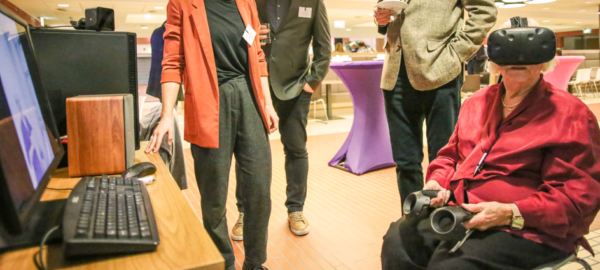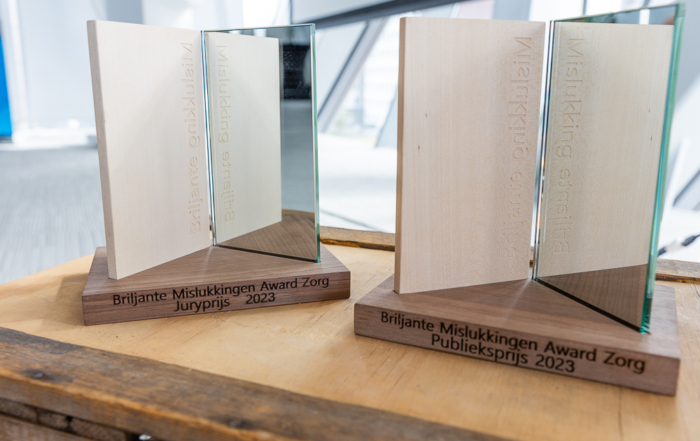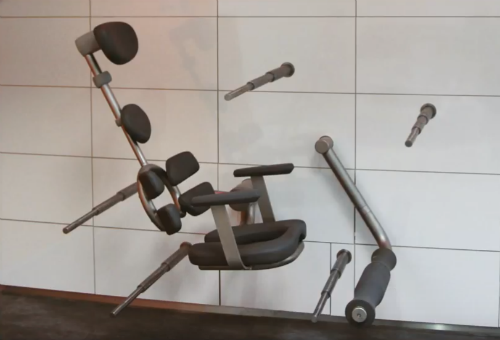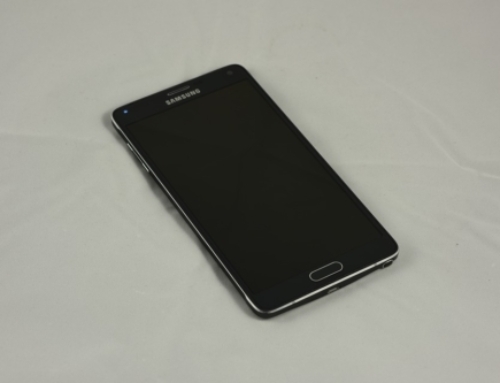
In the week of 21 t/m 26 January the E-health week took place. A week in which E-health developers could share their projects with the general public, the Dutchman.
But what makes one e-health solution successful and the other not? A complex issue and cannot be answered immediately. It can be due to certain decisions, steps or events during the development of a product/service or failures in the implementation. Successes and setbacks are difficult to predict in advance. However, it is possible to look at other innovators and their projects. What have they learned and how can you use this knowledge to make your own innovation successful?
This article describes a number of relevant lessons and patterns, archetypes for Brilliant Fail, provided with practical examples. This way we don't all have to reinvent the wheel and we can use each other's knowledge.
The empty chair
For a change to be successful, the consent and/or cooperation of all relevant parties is required. If a party is missing from the preparation or implementation, then there is a good chance that they are not convinced of the usefulness or importance due to a lack of involvement. Also, the feeling of being excluded can lead to a lack of cooperation.
We saw this pattern in the development of the Compaan, among other things; a tablet for the elderly whose purpose was to combat loneliness. Together with the elderly and caregivers, a lot of work was done on the e-health application. A focus that ultimately did not yield the desired result. What turned out? The children of the end users played an important role in the purchase and use of the product. (read here about the empty spot at the Compaan's table)
The elephant
Sometimes properties of a system only become clear when the whole system is looked at and different observations and perspectives are combined. This is beautifully expressed in the parable of the elephant and the six blindfolded people. These people are asked to touch the elephant and describe what they think it is. One says a "snake" (trunk), the second one says a "wall" (the elephant side), the third one says a "tree"(leg), the forth one says a "spear" (tusk), the fifth a "rope" (the tail) and the last one says a "fan" (ear). No one describes any part of the elephant, but by exchanging their observations, the elephant "emerges".
We saw this pattern at the trial service of the municipality of Dalfsen. This service consists of volunteers who help think about supporting residents, informal carers and care providers in the municipality of Dalfsen. Smart technology is increasingly being used for this. They found that a one-sided approach and assumptions can lead to major difficulties in implementing a solution. (lees here about the elephant of the municipality of Dalfsen).
The skin of the bear
Initial success can give us the false impression that we have chosen the right path. However, sustainable success means that the approach must also work in the longer term, on a larger scale and/or in different circumstances. We see that the step from a Proof of Concept to a Proof of Business is big and often even too big for many companies. The well-known proverb: "You shouldn't sell the hide before the bear is shot." provides a nice metaphor for this situation.
At 'Hotline to Home', a telecom project initiated by a cardiologist in a small peripheral hospital, we saw that the bear was shot too early. Here was the lesson that enthusiasm from experts and visionaries does not guarantee successful scaling up. Due to an empty place at the table, unreal expectations arose here. (read here how the bear was shot too early)
Involve all stakeholders, create shared expectations and evaluate!
It can be concluded from the above patterns and case histories that taking a broad perspective is essential in e-health innovations.. First, ensure that all stakeholders are involved. The most important and at the same time most forgotten party is often the end user. Only together with all involved is it possible to arrive at a good clarification of the question and a solution direction. In addition, this leads to shared, realistic expectations that will eventually be realized sooner. Finally, it is important to realize that an innovation process consists of different phases and is not one linear process. We encourage e-health developers to evaluate at every stage, explore the different perspectives and invite the right people to the table. Sometimes a valuable insight can come from an unexpected source.
The above patterns and lessons are part of the methodology of the Institute of Brilliant Failures. This foundation tries to challenge society by facilitating and making learning experiences accessible. Knowing more? Then look at This competition is organized by the Institute of Brilliant Failures. Share a valuable learning experience about an e-health innovation yourself? Then use @Brilliantf on Twitter, then we help to further spread the learning experience!In the week of 21 t/m 26 January the E-health week took place. A week in which E-health developers could share their projects with the general public, the Dutchman.
OTHER BRILLIANT FAILURES
Who finances lifestyle in cardiac rehabilitation?
Beware of the chicken-egg problem. When parties are excited, but first ask for proof, check carefully whether you have the means to provide that burden of proof. And projects aimed at prevention are always difficult, [...]
Brilliant Failure Award Healthcare – 20 to stop coming up with new advice 2024
Wednesday 20 In November, the Brilliant Failure Awards for Healthcare will be organized for the tenth time by the Institute for Brilliant Failures.
Wellness shower – after rain shower comes sunshine?
Intention Designing an independent fully automatic and relaxed shower chair for people with a physical and/or mental disability, so that they can shower alone and above all independently instead of 'mandatory' together with the healthcare professional. [...]












